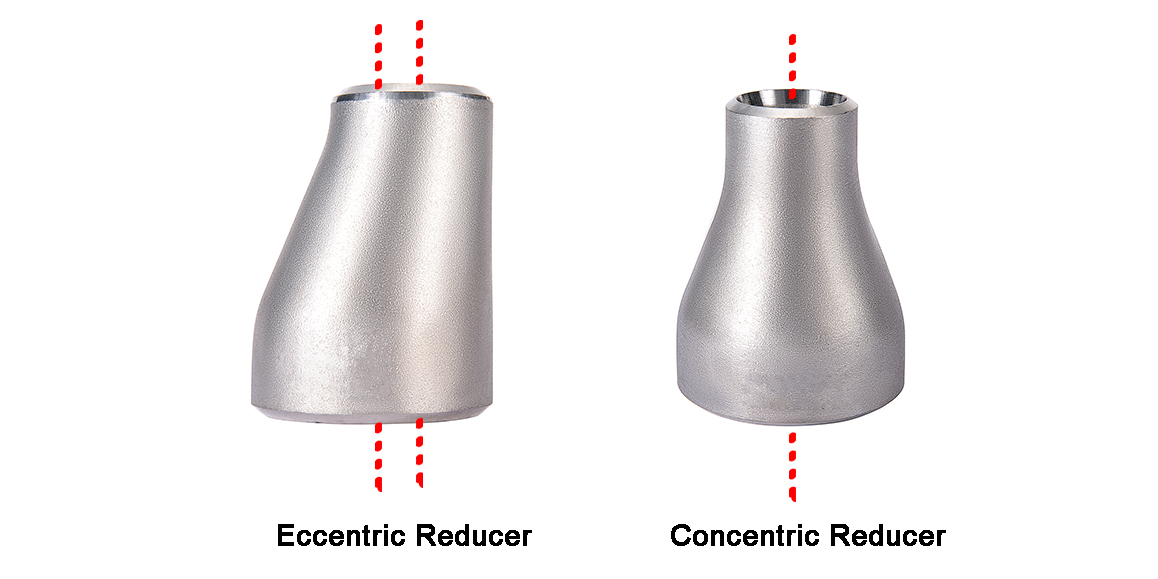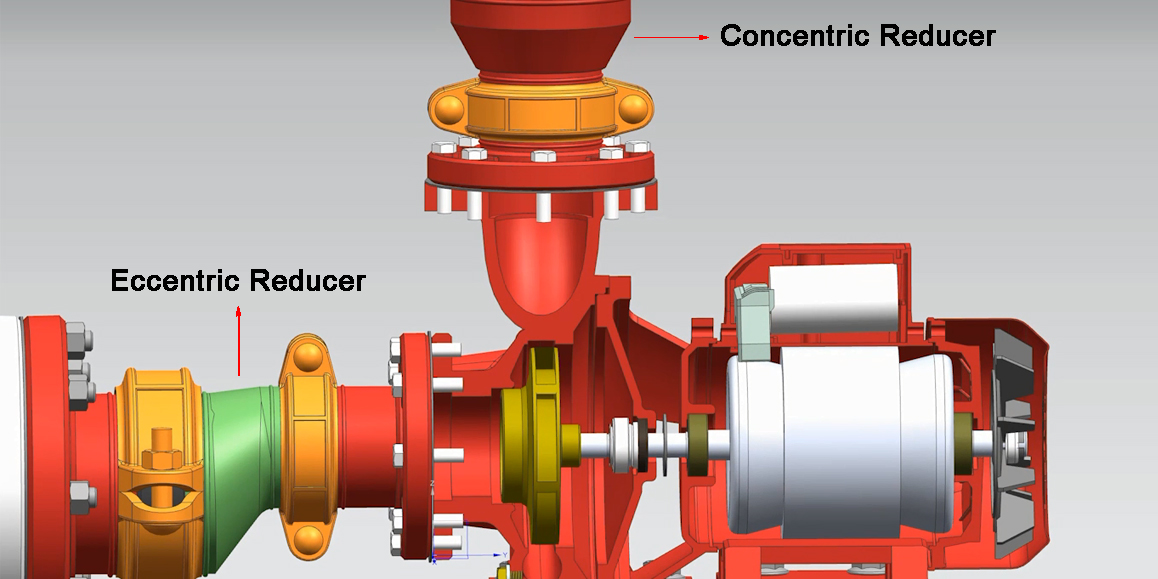What is a stainless steel diaphragm valve?
Stainless steel diaphragm valve is a special form of stainless steel cut-off valve. Its opening and closing parts are a diaphragm made of soft material, which separates the inner cavity of the valve body from the inner cavity of the valve cover and the driving parts to achieve the effect of closing the flow channel and cutting off the fluid. It is now widely used in various fields.

Advantages
- Simple structure
The stainless steel diaphragm valve has only three main components: stainless steel valve body, diaphragm and stainless steel valve cover. The diaphragm separates the inner cavity of the lower valve body from the inner cavity of the upper valve cover, so that the valve stem, valve stem nut, valve disc, pneumatic control mechanism, electric control mechanism and other parts located above the diaphragm do not contact the medium, and there will be no leakage of the medium, eliminating the sealing structure of the stuffing box.
- Low maintenance cost
The diaphragm of the stainless steel diaphragm valve is replaceable and has low maintenance costs.
- Strong applicability
The diversified lining materials of the stainless steel diaphragm valve can be applied to various media according to actual conditions, and have the characteristics of high strength and good corrosion resistance.
- Low pressure loss
The straight-through streamlined flow channel design of the stainless steel diaphragm valve can greatly reduce the loss pressure.
Disadvantages
- Due to the limitations of the valve body lining process and diaphragm manufacturing process, stainless steel diaphragm valves are not suitable for larger pipe diameters and are generally used in pipelines ≤ DN200.
- Due to the limitations of diaphragm materials, stainless steel diaphragm valves are suitable for low pressure and low temperature occasions. Generally, do not exceed 180℃.












